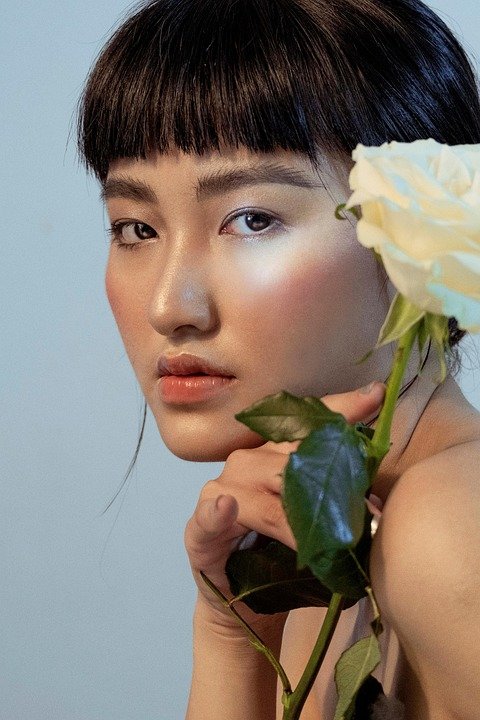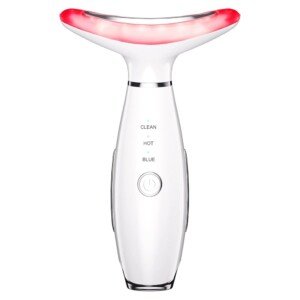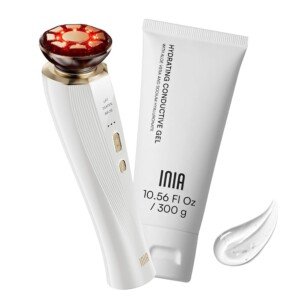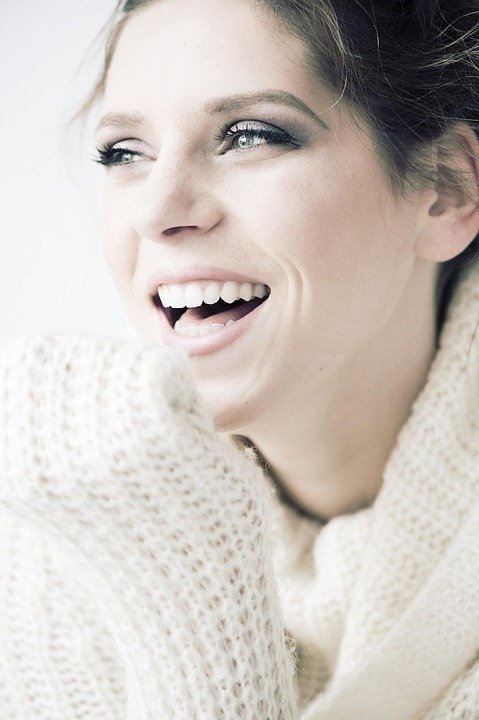Introduction
Light-emitting diode (LED) therapy has gained significant attention in dermatology, anti-aging treatments, and wound healing. Unlike UV light, which can damage skin cells, LED light therapy uses specific wavelengths to stimulate biological processes without thermal damage. This article explores the mechanisms, benefits, and potential applications of LED light therapy in medicine and aesthetics.
How LED Light Therapy Works
LED light therapy operates on the principle of photobiomodulation (PBM), where light energy is absorbed by cellular chromophores (e.g., cytochrome c oxidase in mitochondria), leading to biochemical changes. Different wavelengths penetrate the skin at varying depths and trigger distinct biological responses:
- Red Light (630–700 nm) – Penetrates deeper into the skin, stimulating collagen production, reducing inflammation, and aiding wound healing.
- Blue Light (400–470 nm) – Targets acne-causing bacteria (Propionibacterium acnes) and regulates sebum production.
- Near-Infrared Light (700–1200 nm) – Enhances cellular repair, reduces pain, and improves circulation.
Biological Effects of LED Light Therapy
1. Skin Rejuvenation & Anti-Aging
- Collagen & Elastin Synthesis – Red light stimulates fibroblasts, increasing collagen production, which reduces wrinkles and improves skin elasticity.
- Reduction of Oxidative Stress – LED therapy enhances mitochondrial function, reducing free radical damage linked to aging.
2. Acne Treatment
- Antibacterial Action – Blue light activates porphyrins in P. acnes, producing reactive oxygen species (ROS) that kill bacteria.
- Anti-Inflammatory Effects – Red light reduces redness and swelling associated with acne lesions.
3. Wound Healing & Tissue Repair
- Accelerated Cell Proliferation – Near-infrared light enhances ATP production, speeding up tissue regeneration.
- Reduced Scarring – LED therapy modulates inflammatory cytokines, minimizing scar formation.
4. Pain & Inflammation Reduction
- Muscle Recovery – Athletes use LED therapy to reduce muscle soreness and inflammation post-exercise.
- Arthritis Relief – Studies suggest LED light reduces joint pain by decreasing pro-inflammatory cytokines.
5. Hair Growth Stimulation
- Follicle Activation – Red light may extend the anagen (growth) phase of hair follicles, aiding in conditions like androgenetic alopecia.
Clinical Applications & Safety
- Dermatology – Used for psoriasis, eczema, and vitiligo.
- Post-Surgical Recovery – Reduces swelling and accelerates healing.
- Neurology – Emerging research explores LED therapy for traumatic brain injury and neurodegenerative diseases.
Safety Considerations:
- Non-thermal and non-invasive.
- Minimal side effects (rare cases of mild redness or irritation).
- Contraindicated in photosensitive conditions (e.g., lupus) or with certain medications.
Conclusion
LED light therapy is a versatile, non-invasive treatment with profound biological effects—from skin rejuvenation to pain management. As research advances, its applications in medicine and aesthetics will likely expand, offering a science-backed alternative to traditional therapies.
Would you like recommendations for specific LED devices or further details on clinical studies? Let me know!
-
2025 New Face and Neck Massager Tool, 7 Colors LED Womens Skin Care Facial Massager for Skin Rejuvenation, Lifting, Toning, Glow Boost-White
Original price was: $29.99.$24.99Current price is: $24.99. -
3-in-1 Beauty Massager for Face and Neck, Based on Triple Action LED, Thermal, and Vibration Technologies for Skin Care,Improve,Firm,Tightening and Smooth
Original price was: $23.96.$21.96Current price is: $21.96. -
3-in-1 Red Light Therapy for Face and Neck, Skin Tightening Device True Beauty Glow Facial Massager for Skin Care, Effective Wrinkle Reduction Anti-Aging with Lifting,…
Original price was: $139.99.$109.99Current price is: $109.99.









